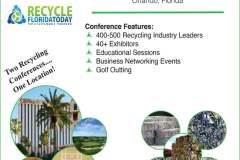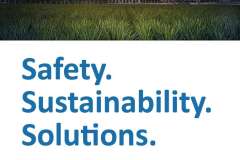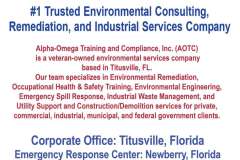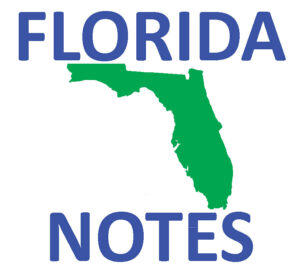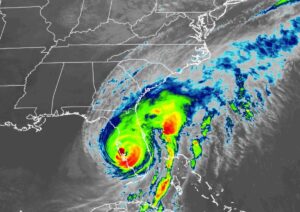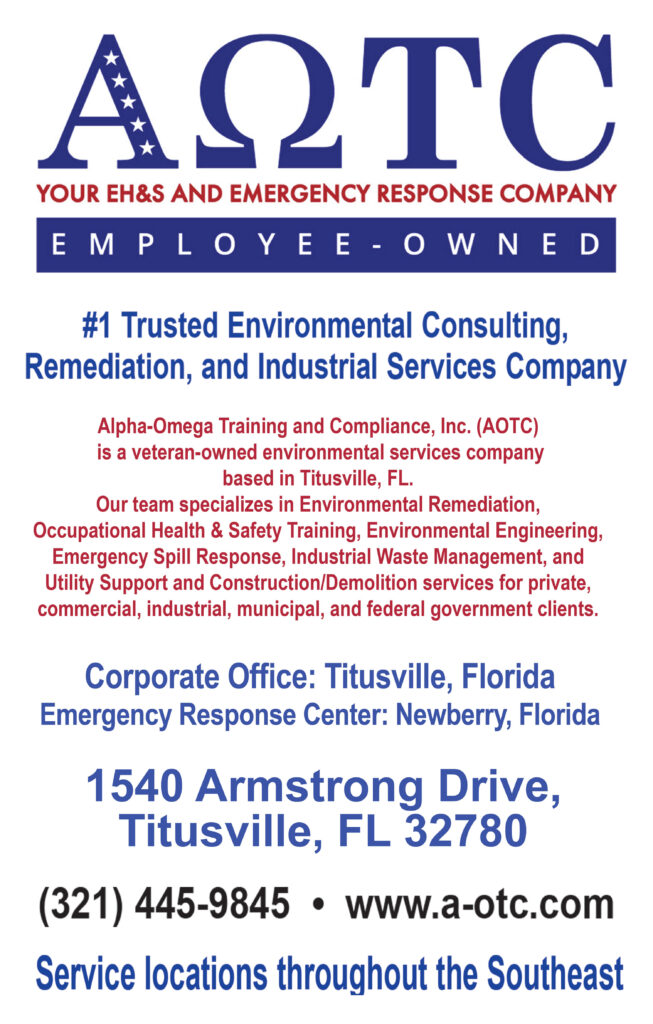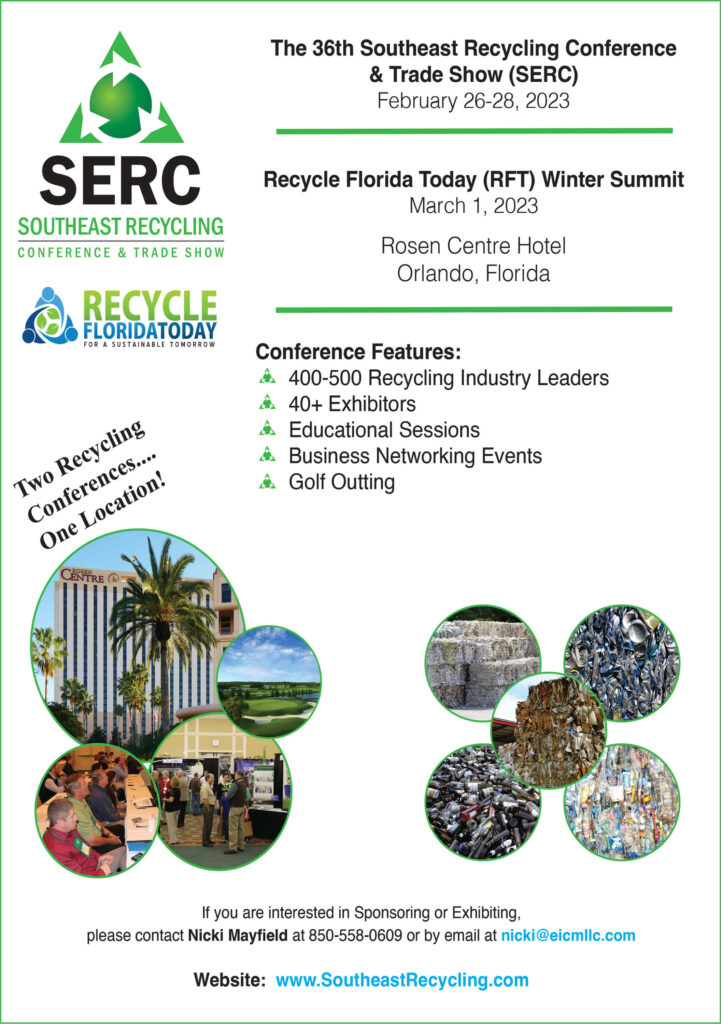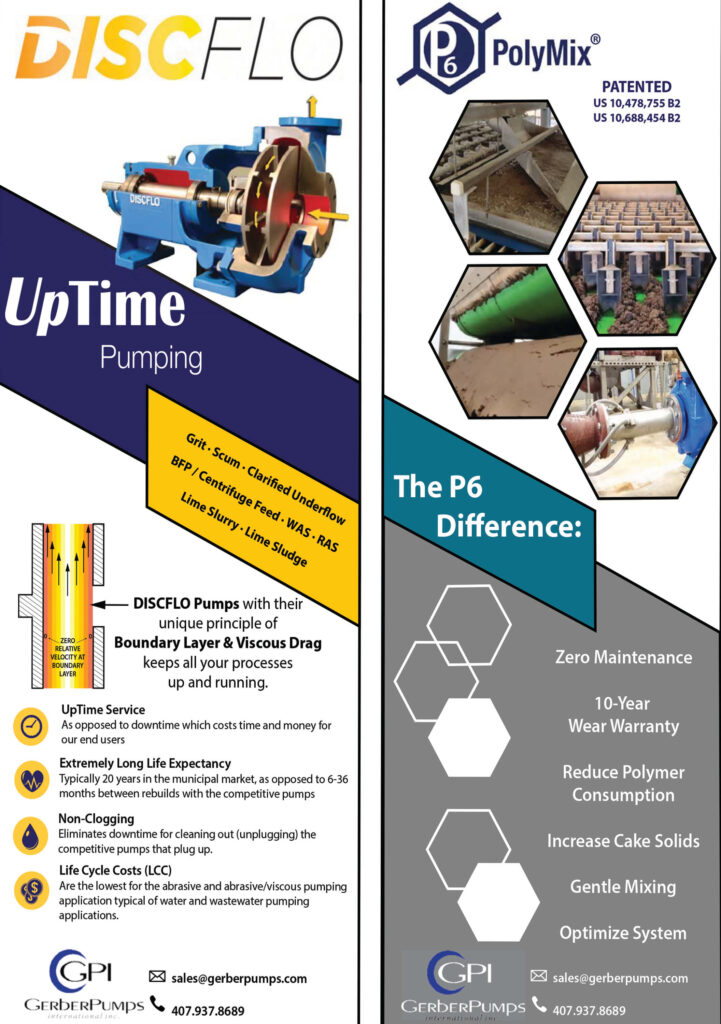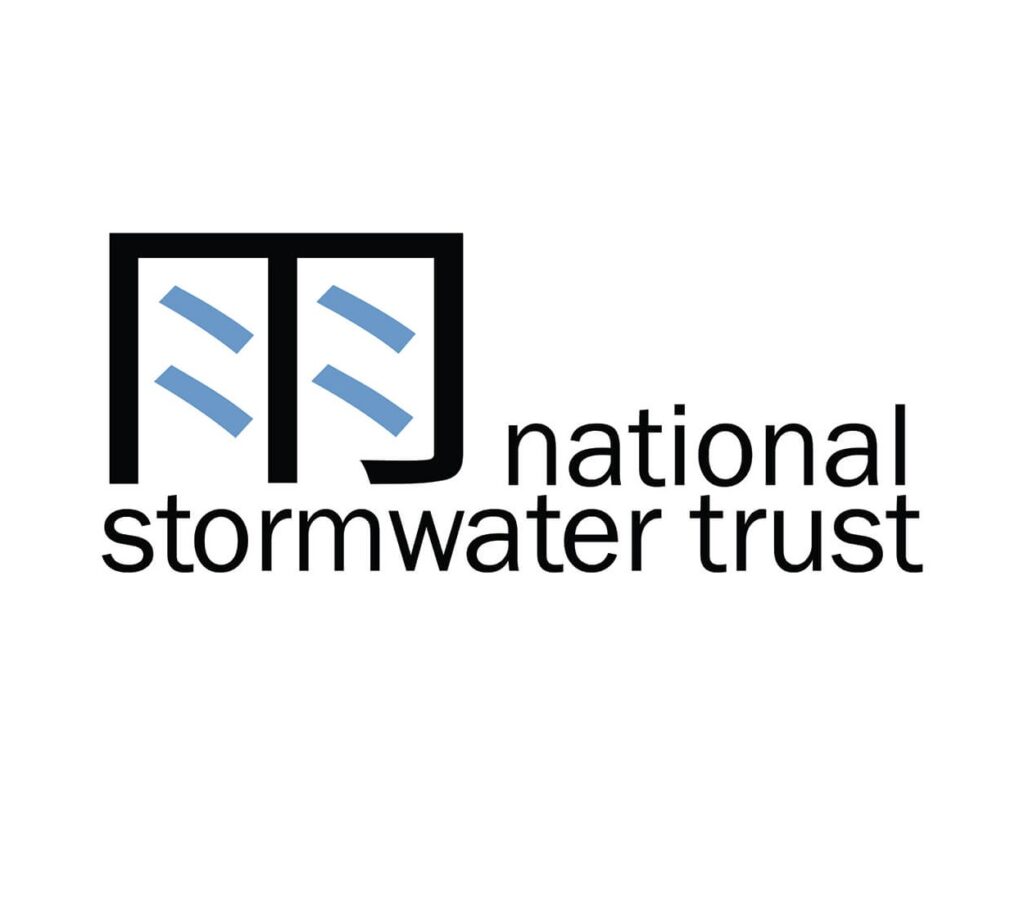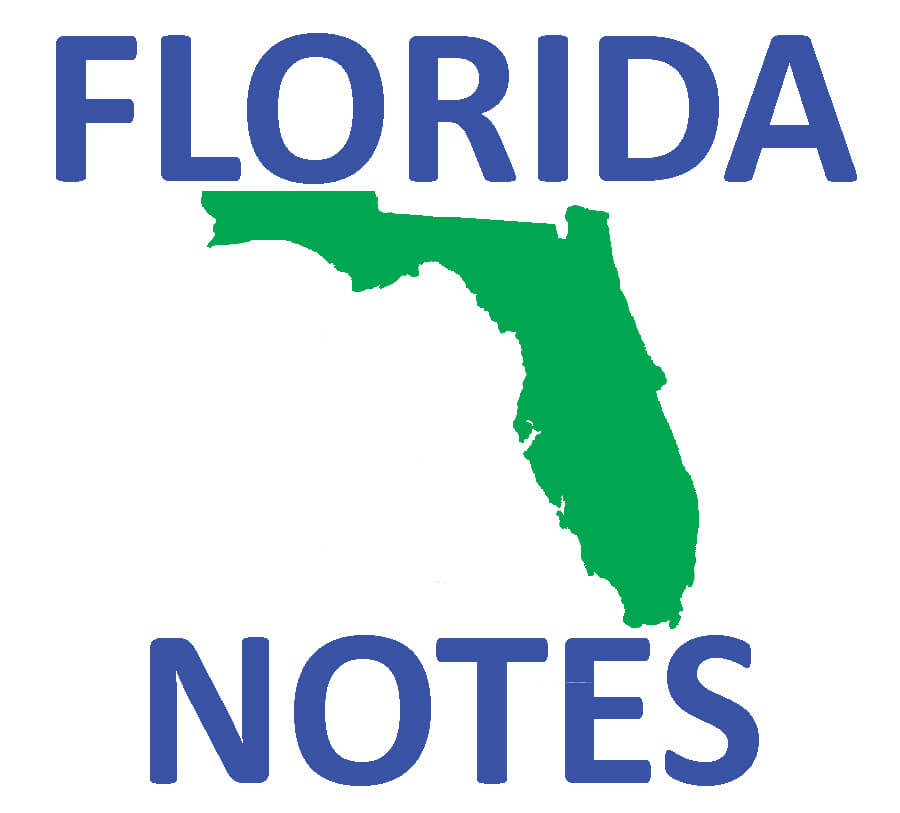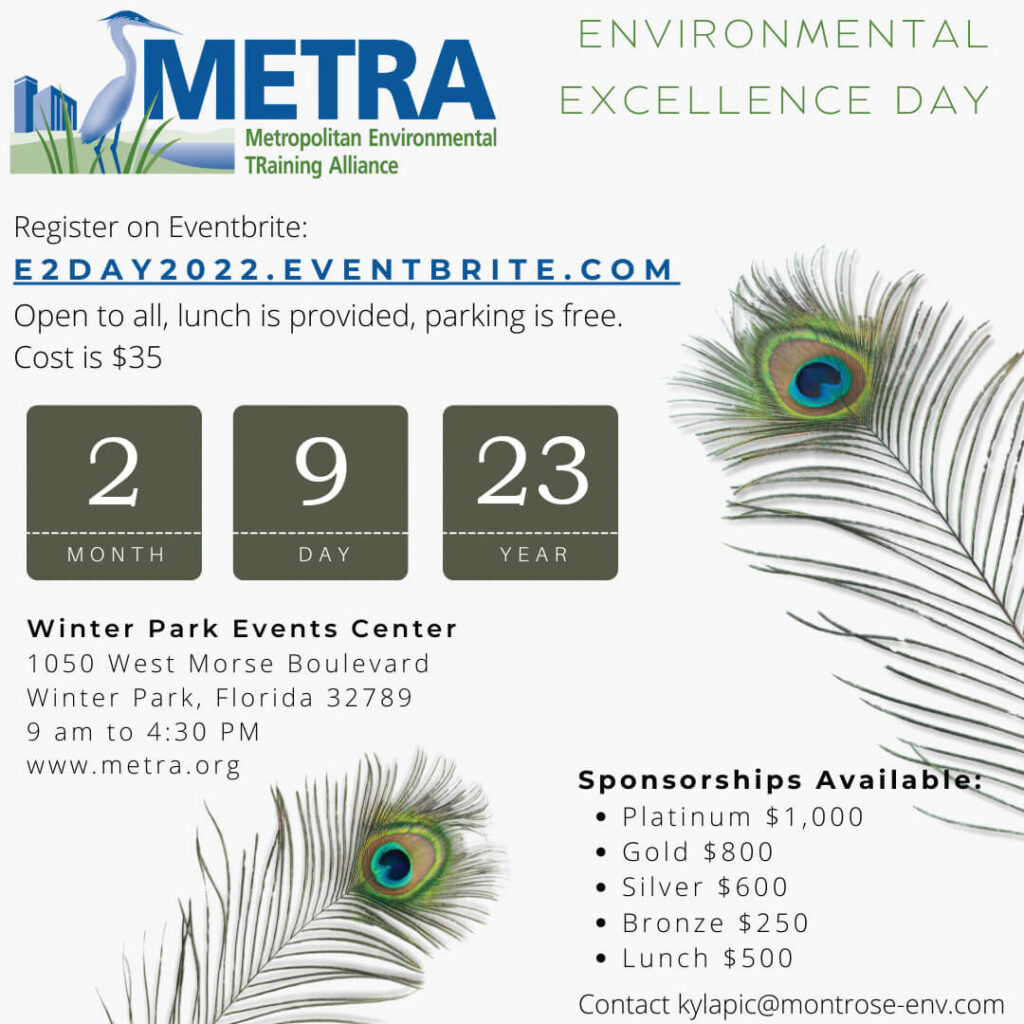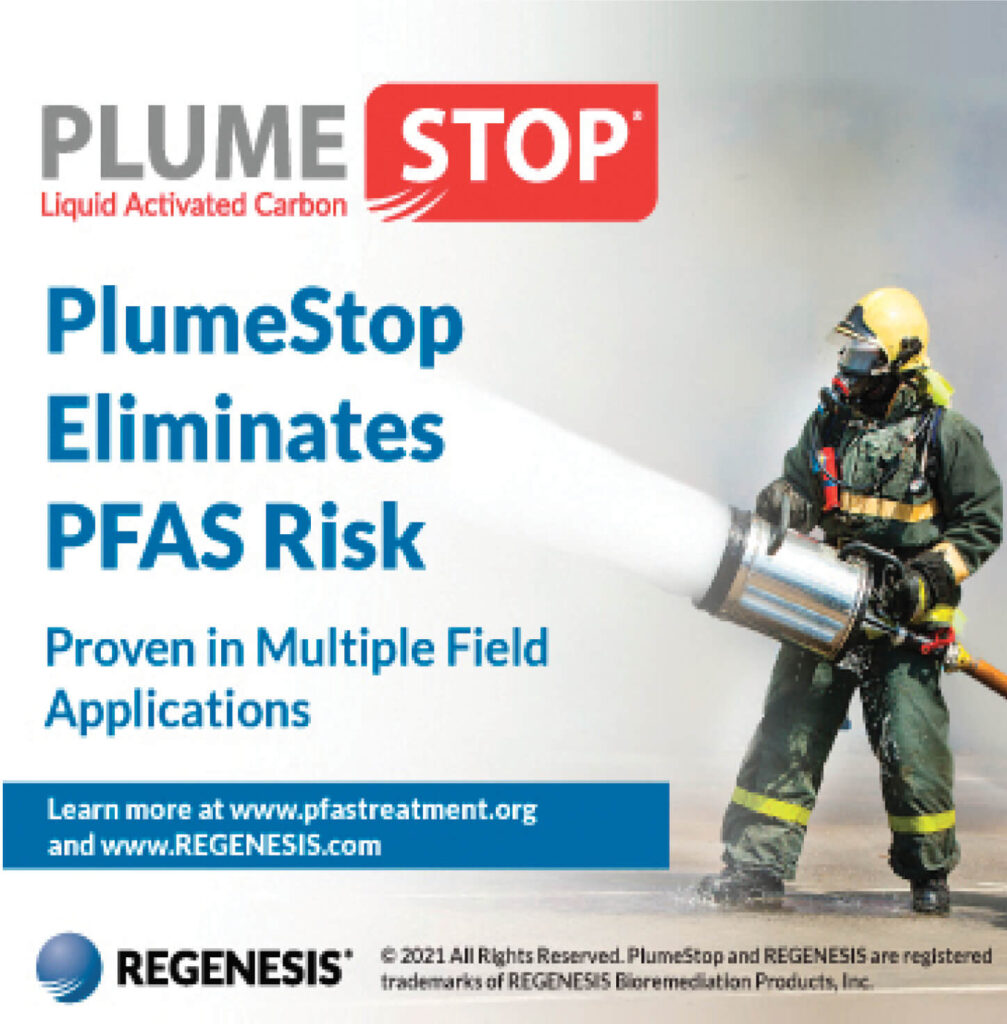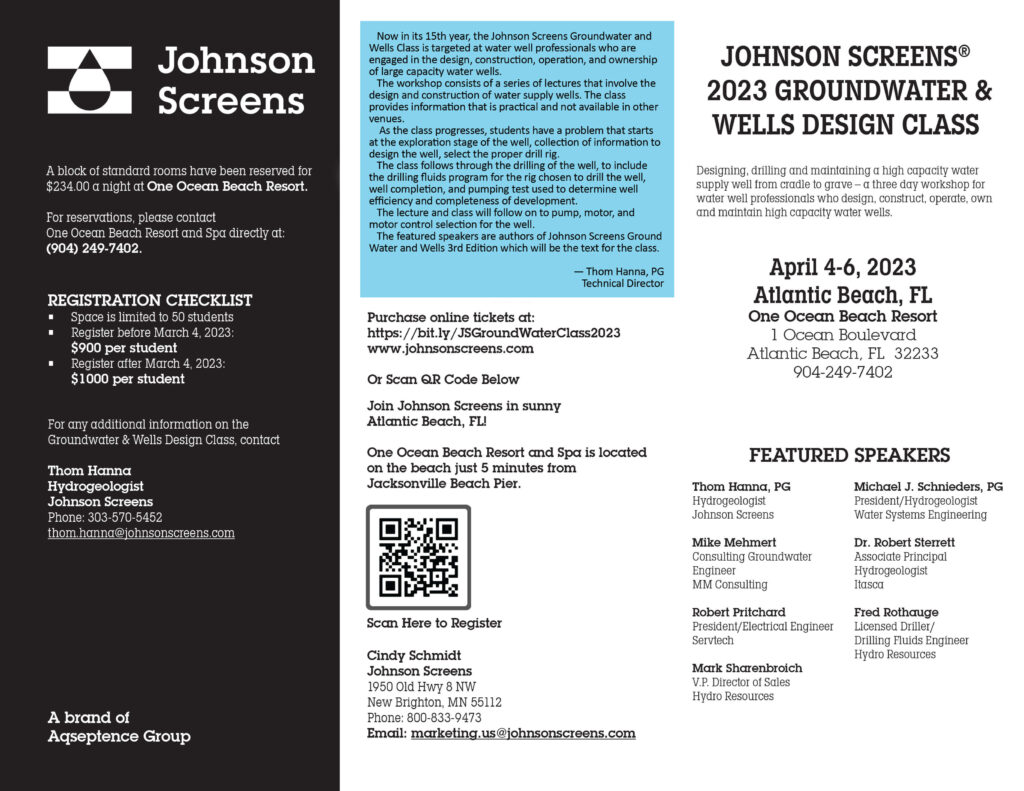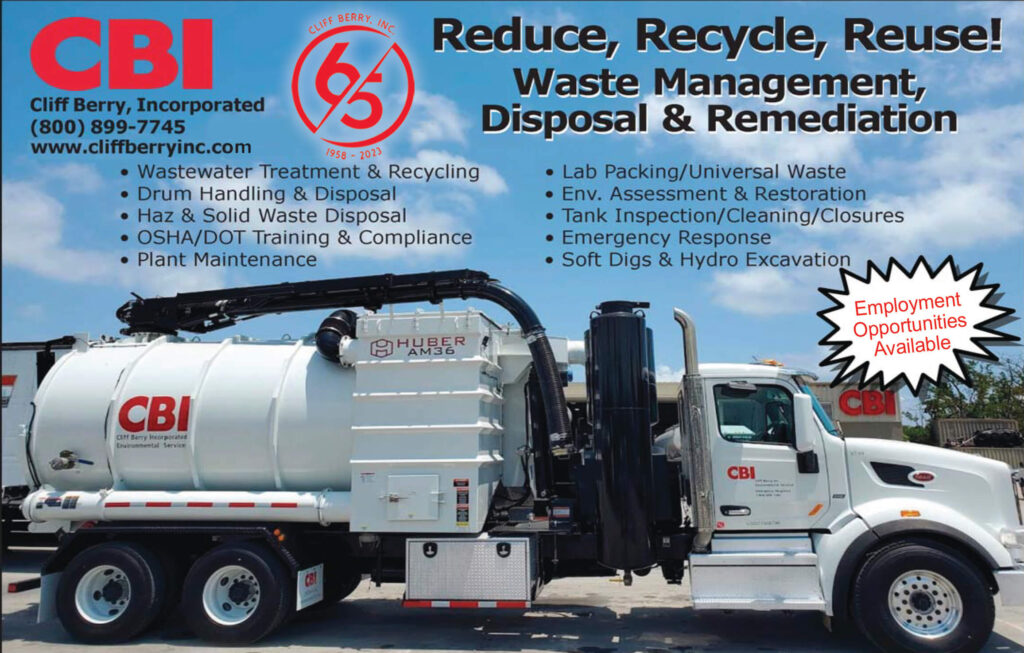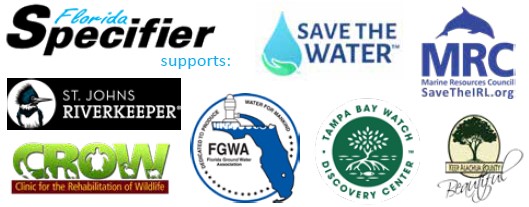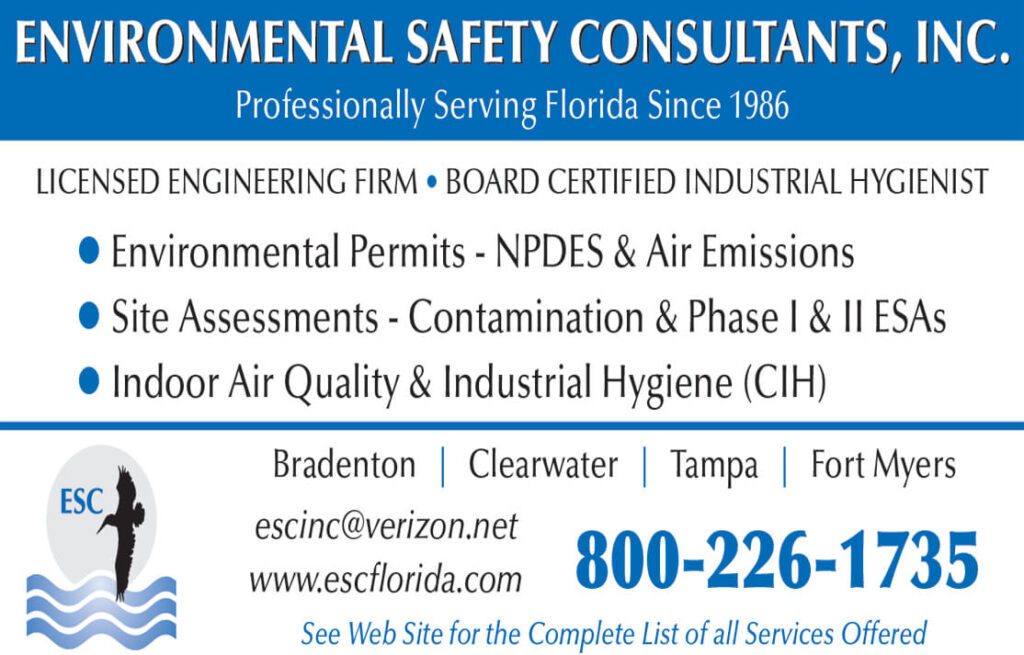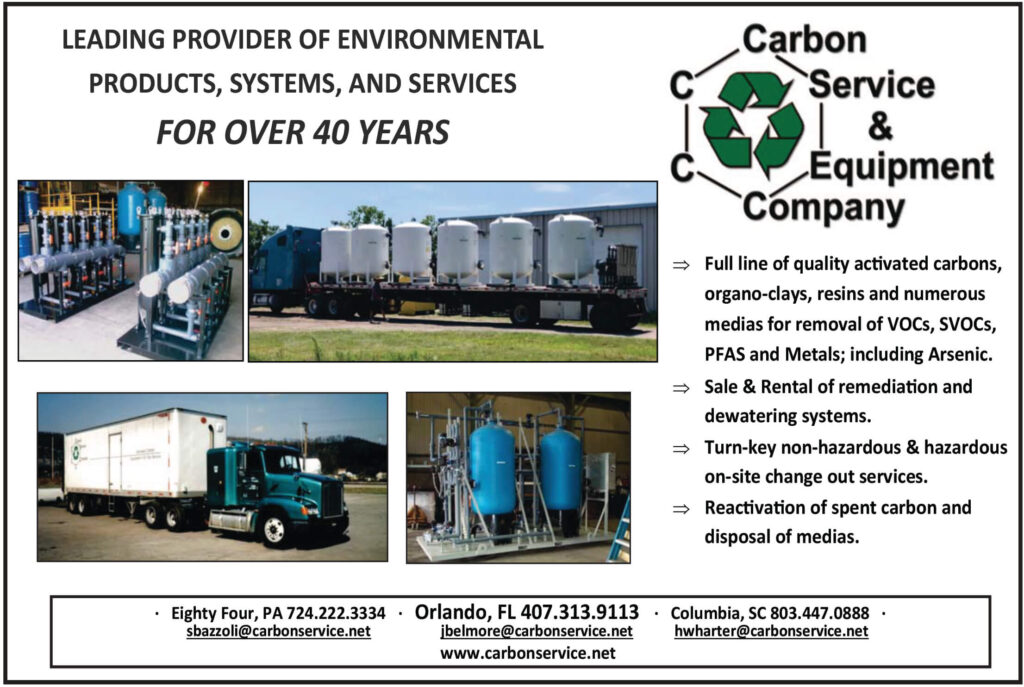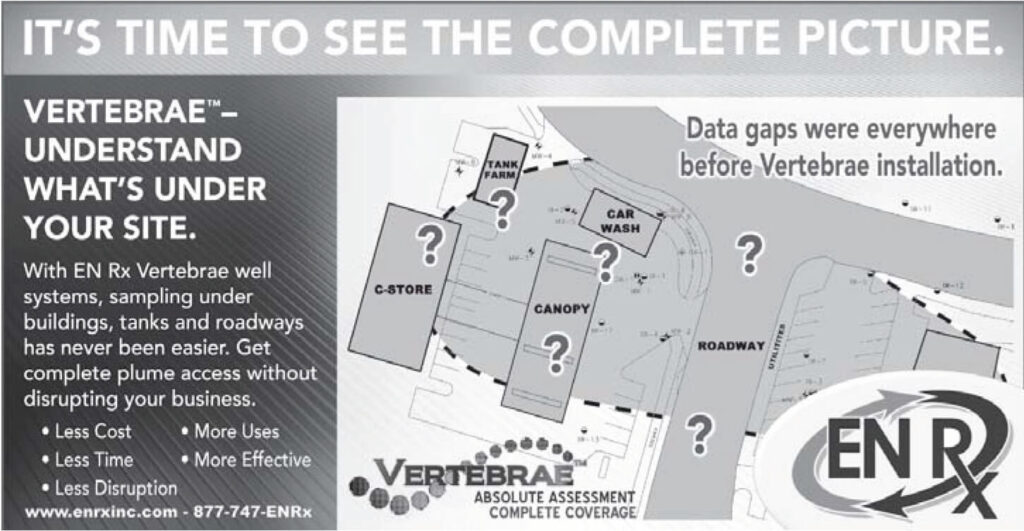STAFF & WIRE REPORTS
Low-Impact Development. Green Infrastructure. Oxymorons meant to taunt both the staunch conservationist and the land-hungry developer alike? Or, paths where both sides meet and move forward together to sustain habitat, flood protection, and cleaner water?
The term low impact development (LID) refers to practices of land development (or re-development) which work with or mimic nature to result in the infiltration, evapotranspiration or use of stormwater, in order to protect water quality and aquatic habitat. LID employs such bioretention facilities such as rain gardens, vegetated rooftops, and permeable pavements to preserve and recreate natural landscape features while minimizing imperviousness to create functional and appealing site drainage.
In simpler terms, LID treats stormwater as a resource rather than a waste product.
Green Infrastructure (GI) refers to the management of wet weather flows that also use these processes. It’s a patchwork of natural areas that provide habitat, flood protection, cleaner air and cleaner water. At both the site and regional scale, LID/GI practices aim to preserve, restore and create green space using soils, vegetation, and rainwater harvest techniques.
Nowadays, it seems almost weekly that Florida residents, their regulators, and their leaders are smacked in the face by new environmental challenges. High-nutrient effluent causing toxic algae blooms. Stormwater polluting surface water. Poor groundwater recharge. And the most recent headline — thanks to hurricanes Ian and Nicole — coastal flooding and erosion.
The simplest solution? We go back in time 150 years and start planning Florida from scratch. Preserve our wetlands and filter marshes instead of “draining to tide.” Create robust buffer zones between our developments and flooding rivers or the encroaching oceans. Install enough sewer lines to serve 22 million people.
Yeah, right.
But as “rapid suburbanization” weaves its way through Florida, and our stormwater becomes more polluted, the second-best time to act is right now. As political winds change, the chance to evaluate and modify local municipal codes isn’t always a given. Thanks to Senate Bill 712, the Clean Waterways Act, that window of opportunity is wide open for making these progressive trends mainstream in stormwater management.
At the recent Low Impact Development Conference held in Rockledge, Florida, stakeholders from around the state convened with experts who showcased tools, policies, projects, and case studies in modern, low-impact stormwater development. The conference was hosted by the Marine Resource Council, a 501 c (3) organization devoted entirely to protecting and restoring the Indian River Lagoon through sound science.
The highlight of the conference was a powerful LID Community Scoping and Audit tool. The software tool was developed by Eban Z. Bean, PhD, PE, and his colleagues in the Agricultural and Biological Engineering Department at the University of Florida for communities to use to analyze their comprehensive plans, zoning, codes and ordinances.
Some of the examples of LID/GI from Florida communities set the bar high for their architecture, aesthetics, and ecological functionality. Winter Haven, Volusia County, and Alachua County displayed examples of fine LID work in their communities.
If this way of developing land is applied on a broad scale, LID can maintain or restore a watershed’s hydrologic and ecological functions. For the creative developer, planner, engineer, or scientist, the possibilities for visually-appealing, sustainable, and responsible green development are truly endless.●


